Workflow Analysis and Management Report - Business Processes Analysis
VerifiedAdded on 2023/01/16
|5
|789
|34
Report
AI Summary
This report delves into the critical aspects of workflow analysis and management, focusing on Joint Application Development (JAD), Joint Requirements Planning (JRP), and Rapid Application Development (RAD). It explores how JAD facilitates system design through interaction between designers and users, emphasizing structured workshops for requirement gathering. The report also examines Joint Requirements Planning (JRP) as a structured group meeting technique for defining requirements, problem analysis, and promoting project ownership. Furthermore, it discusses Joint Application Requirements (JAR) and Rapid Application Development (RAD) as methodologies. RAD, in particular, is highlighted for its user-centric approach, time-boxed developments, and iterative nature, which makes it suitable for quickly developing software driven by user interface requirements. The report includes an overview of the phases of RAD such as business modeling, data modeling, process modeling, application generation, turnover, and testing. Finally, the report cites relevant academic references to support its analysis.
1 out of 5
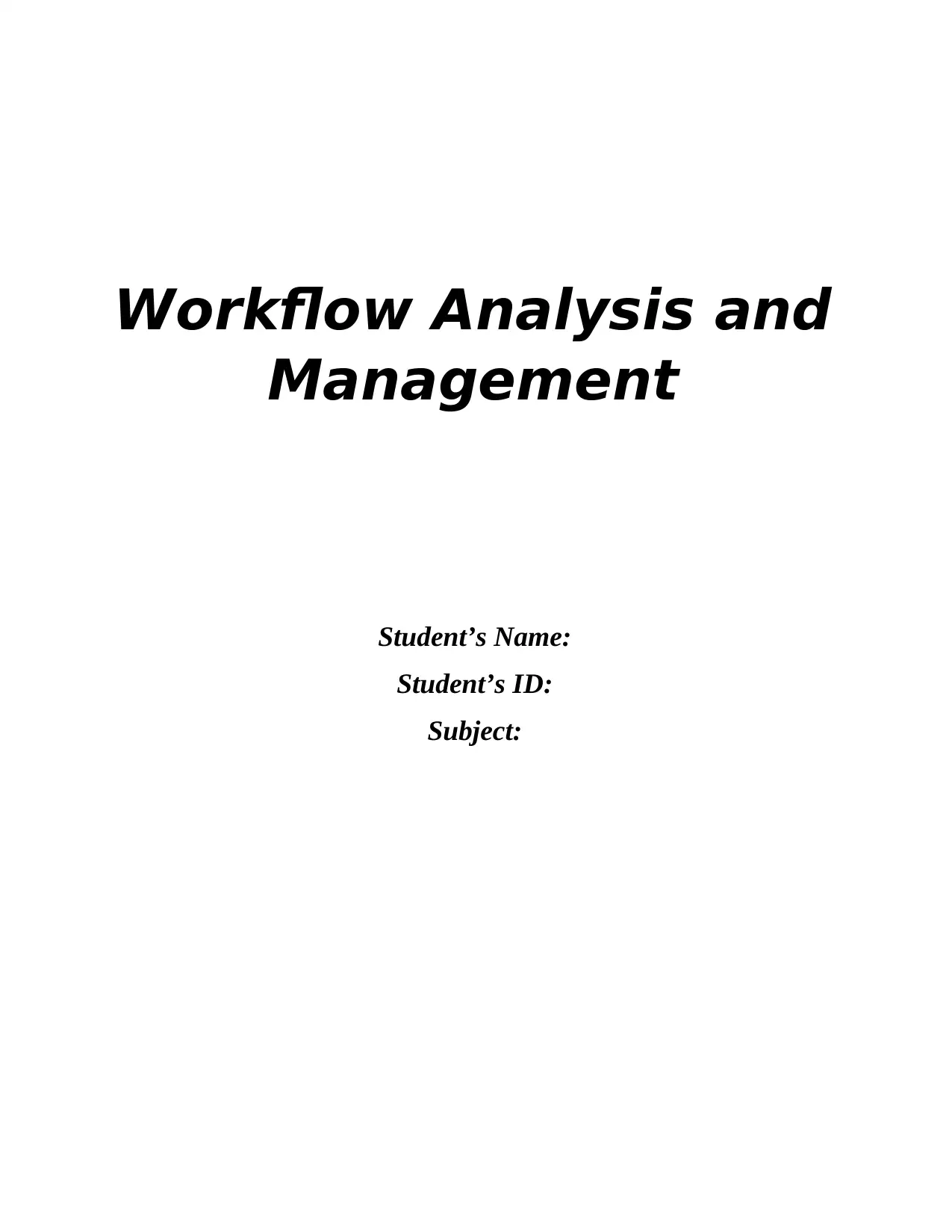
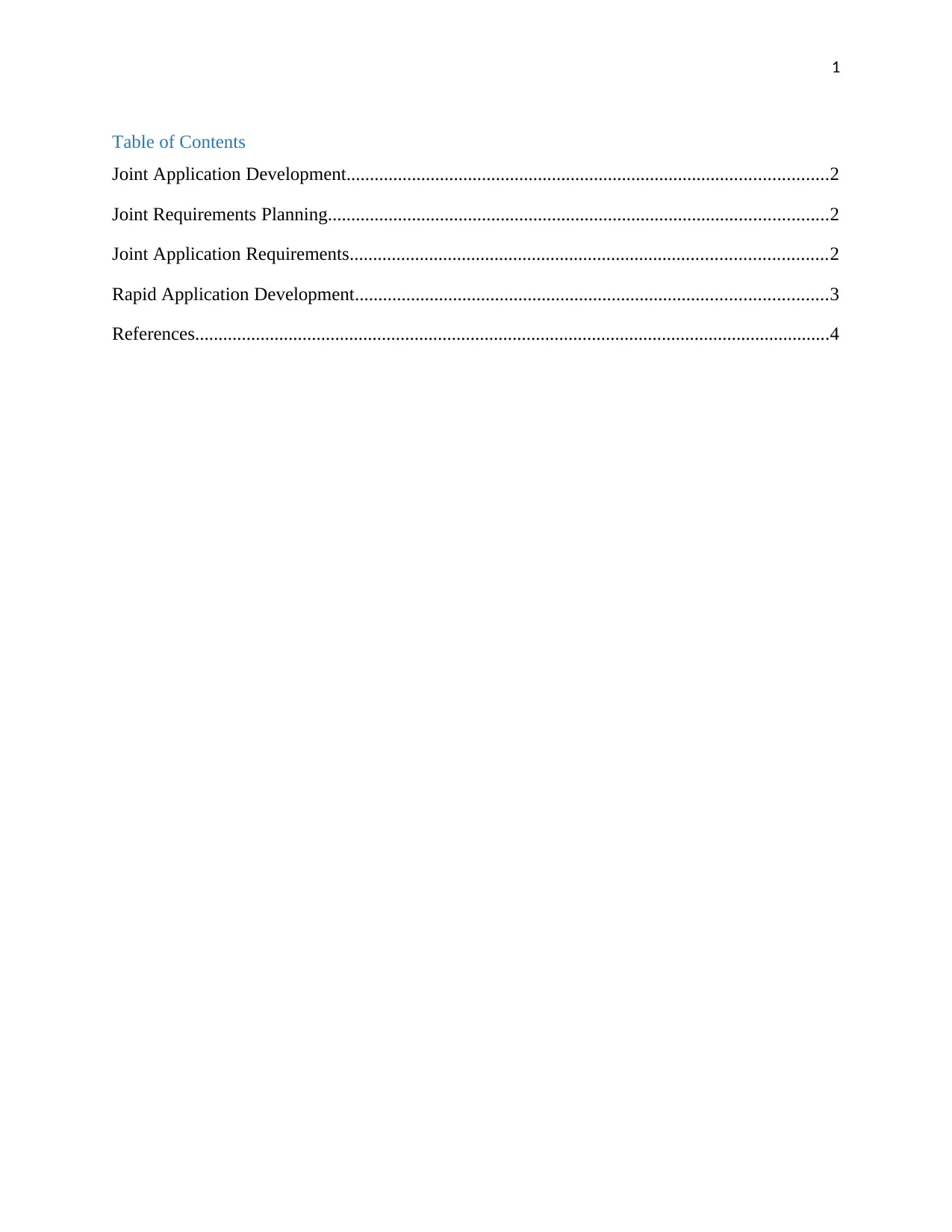
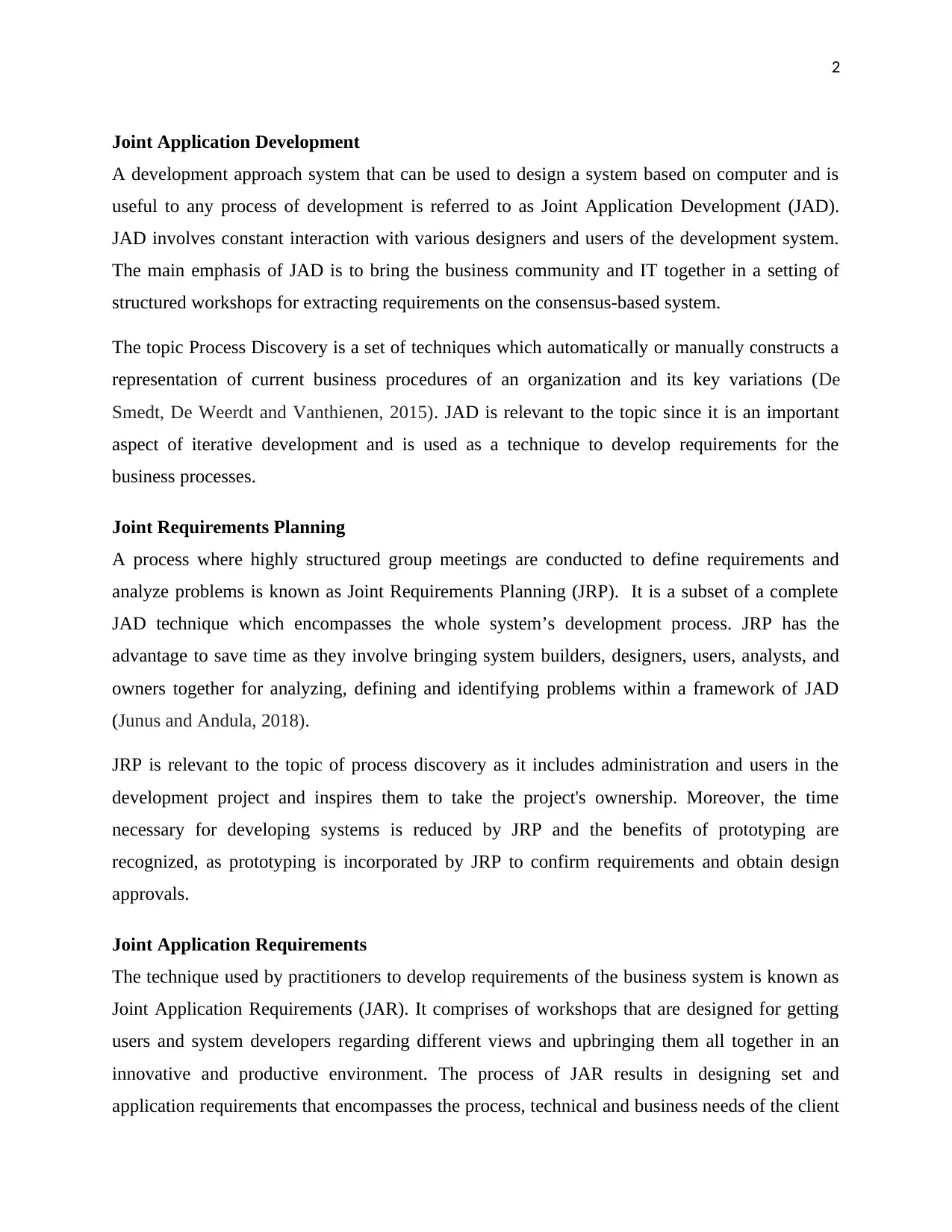

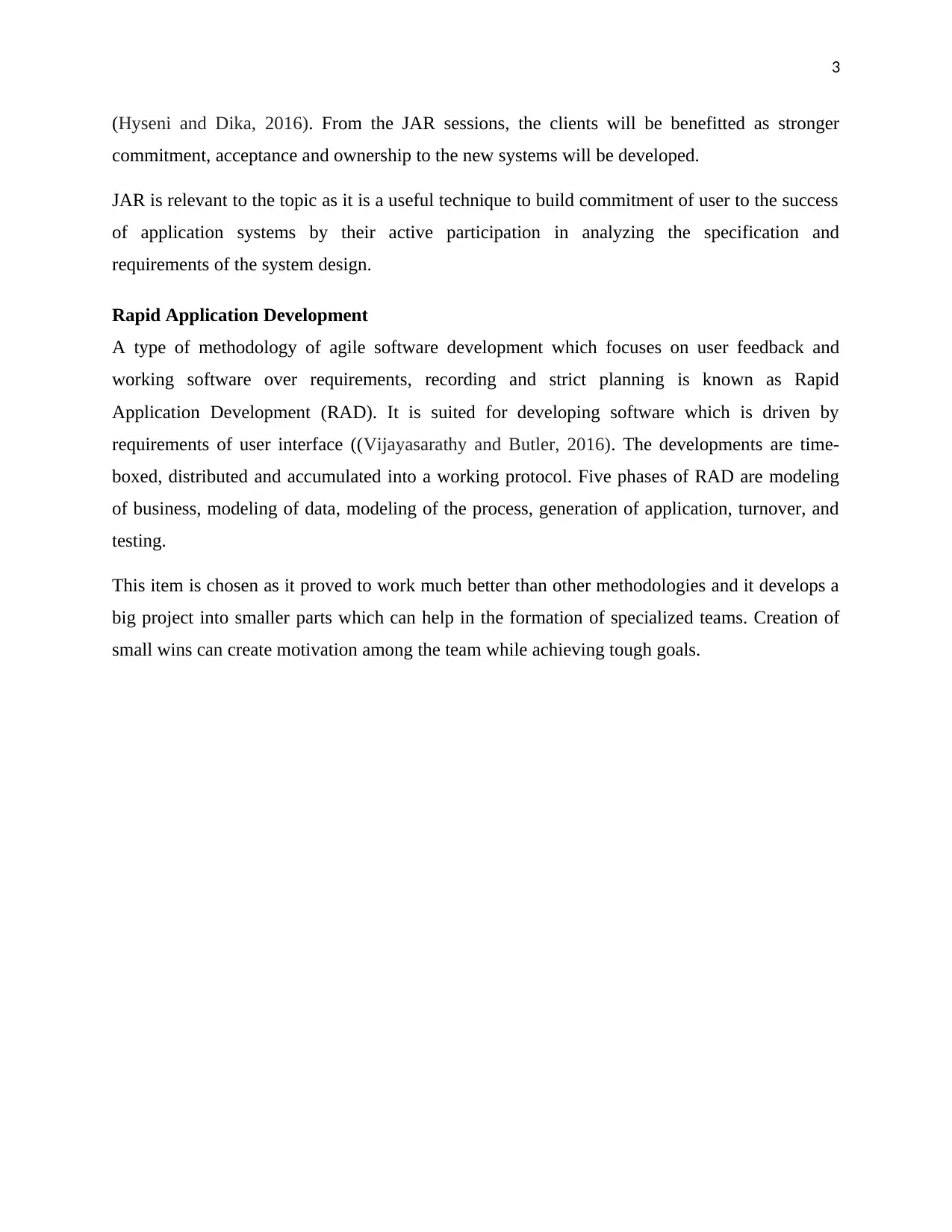
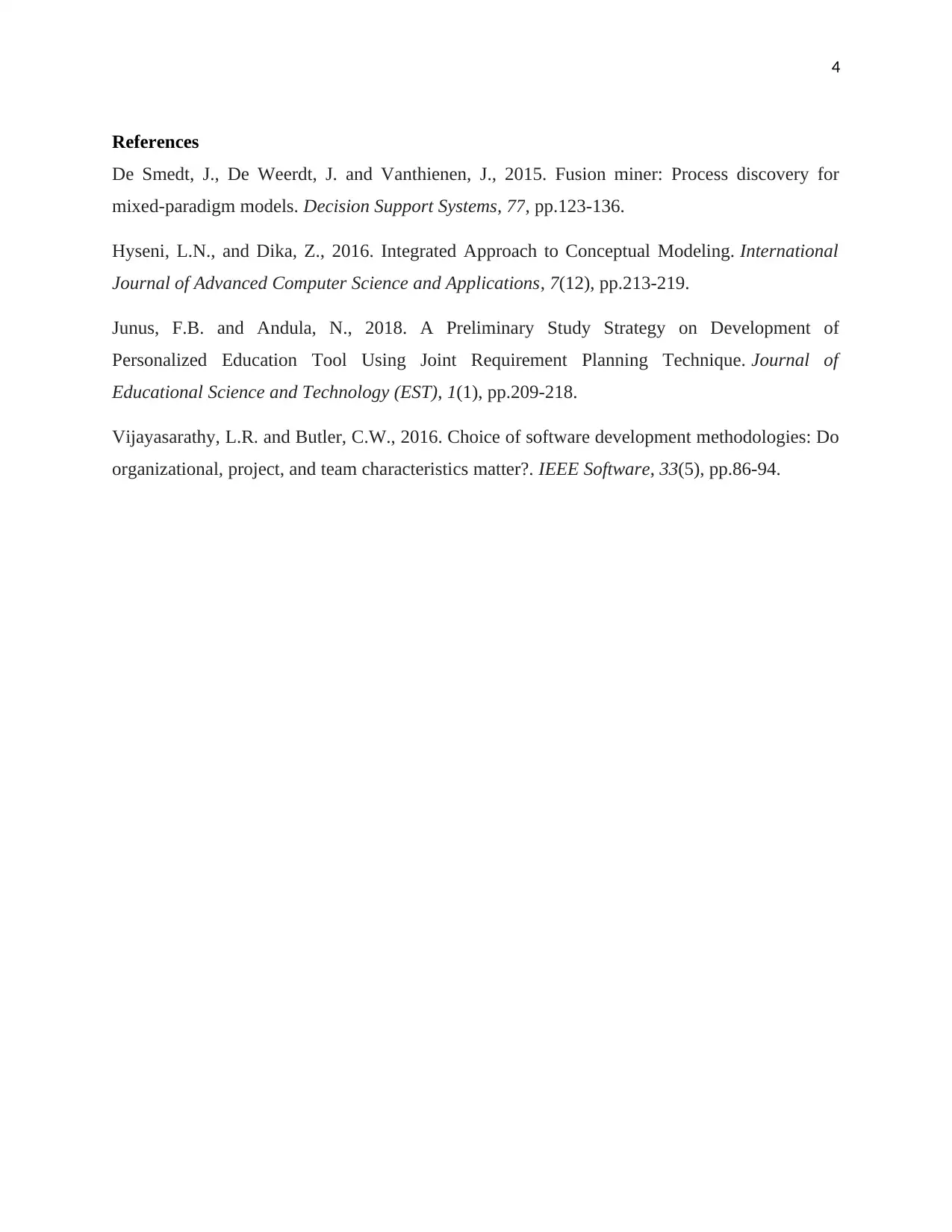






![[object Object]](/_next/static/media/star-bottom.7253800d.svg)